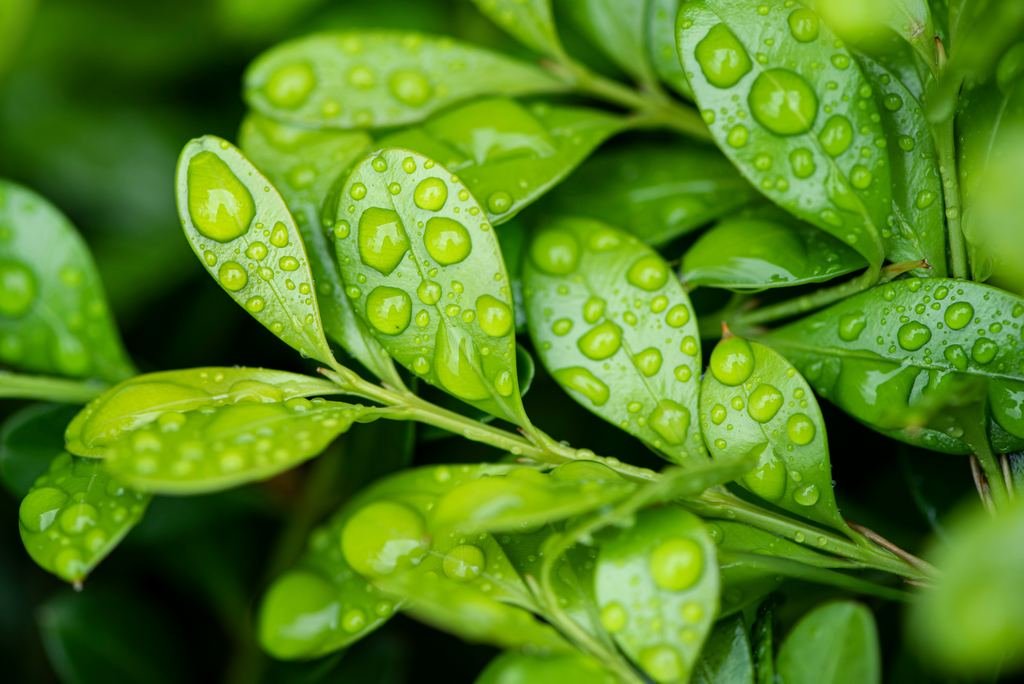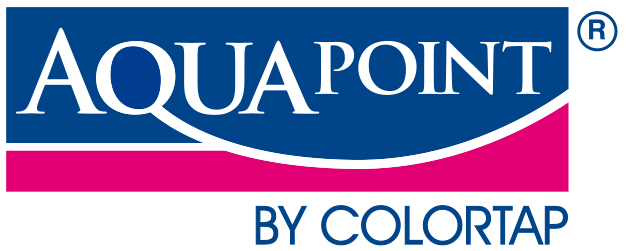How to save water for irrigation
Long drought periods, alternating with flash floods: this is now the norm in a historical era in which climate change increasingly impacts the daily lives of all of us and the well-being of flora and fauna.
For this reason, among the various actions that can be taken to strive to turn the tide, those who have a green space should also understand how to save water for irrigation with a view to greater sustainability: in fact, only in this way is it possible to safeguard the health of plants and, at the same time, avoid unnecessary waste of a commodity, such as water, which is becoming increasingly precious.
Saving water in the garden: watering at the right time
How to save water in the garden? The first rule of thumb for not unnecessarily consuming water for watering is to open the faucet at the right time: that is, in the evening or early morning, especially in summer, when due to the high heat water evaporates quickly, effectively making watering futile.
Not only the time of day is important, but also a constant check of the actual water needs of lawn and plants. How to check? In a very simple way. As for grass, if stepping on it, it crushes, it means it is time to water, while for plants it is enough to touch the leaves, assaying their freshness, and the roots: if dryness is perceived, it means it is time to give water.
We should also not forget that there are species that require less watering than others, so a thorough knowledge of the plants that populate our garden will help us adjust the water needs of each.
Water-saving irrigation methods: Colortap products
Colortap pays special attention to the issue of sustainability and water saving and, precisely for this reason, has innovatively designed and developed all its irrigation products with the aim of combining high performance with significant optimization of water consumption.
In particular, the new Eco Tap – made of chrome-plated brass, painted handle, and equipped with a ceramic disc cartridge – thanks to the innovative ECO aerator allows a water saving of 25 % without in any way altering the effectiveness of irrigation. The model is available in single or double versions and in different colors (red, green, white, chrome, and black) to meet customers’ aesthetic needs as well.
The Aquapoint Steelo column fountain also represents a flagship of Colortap’s production dedicated to water saving for irrigation. It is in fact an oval garden column fountain with an innovative design and made of aluminum subjected to polishing and anodizing stainless steel effect. The fountain is complete with a stainless steel hose holder saddle and a chrome-plated and painted faucet with “ECO” aerator.
In addition to these two models, Colortap offers many other products to improve the effectiveness of garden irrigation. With regard to surface irrigation, Colortap offers brass garden taps, adapters, universal quick-connect fittings, traditional fittings, spray guns, spears and extensions, base-mounted and tripod-mounted sprinklers, and the Soft Rain professional range.
With respect, on the other hand, to underground irrigation methods, Colortap’s offerings include, in addition to the Aquapoint range, brass manifolds and valve hydrant boxes.
The “green” heart of Colortap
Colortap takes water saving management and sustainability particularly to heart, confirming the green philosophy that has characterized the company since its beginnings, which has always been attentive, even during the production process, to respect for the environment. Since 2010, in fact, Colortap’s production facilities have been equipped with innovative photovoltaic systems from which a large part of the electricity is drawn, in addition to having a strict control system that aims to avoid any dispersion of lubricating oils and other substances into the environment. But that’s not all: Colortap complies with all the (very strict) regulations required for brass processing and, when it comes to waste, carefully separates and disposes of all non-recoverable materials; machining scraps are returned to the foundries so they can be reused as raw material. Packaging and packaging are produced by minimizing the use of plastic and paper.
Also with a view to environmental sustainability and recycling, irrigation products and devices are made by Colortap from metal (mainly brass): a very strong, durable, recyclable material and therefore characterized by a much longer life cycle than plastic. Brass products, in fact, can be melted down and reused to make new products.

More useful tips with a view to saving water in the garden
Here are other useful tips on how to save water for irrigation:
– repair any leaks or drips from the irrigation system immediately to avoid wasting water;
– avoid watering when it is raining or when there is a forecast of impending rain;
– do not use an excessive amount of water and choose irrigation systems (such as hand surface irrigation) that allow water to be concentrated where it is needed most, watering according to the specific needs of the plants;
– remove weeds from the garden so that they do not compete with plants for water.
How to save water for irrigation: choosing plants
To save water in the garden, the choice of plants best suited to the climate in which you are located is essential to calibrate the water consumption intended for watering. For example, if you live in an area with a hot and dry climate, opting for typical Mediterranean shrub species is undoubtedly the best decision. Some drought-resistant shrubs commonly found at nurseries are Oleander, Arbutus, Santolina and some aromatic plants such as Lavender, Oregano and Rosemary. Those who do not want to forgo the color of flowers but live in a particularly hot and dry area can turn to species such as Cineraria, Lantana or Portulaca.
Saving water in the garden by equipping with moisture sensors
How to save water for irrigation? Another good way to avoid unnecessary water waste is to enlist the help of technology and, in particular, to equip yourself with wireless moisture sensors, which detect the amount of water in the soil. By relying on these sensors, you will not have to water when not needed.


